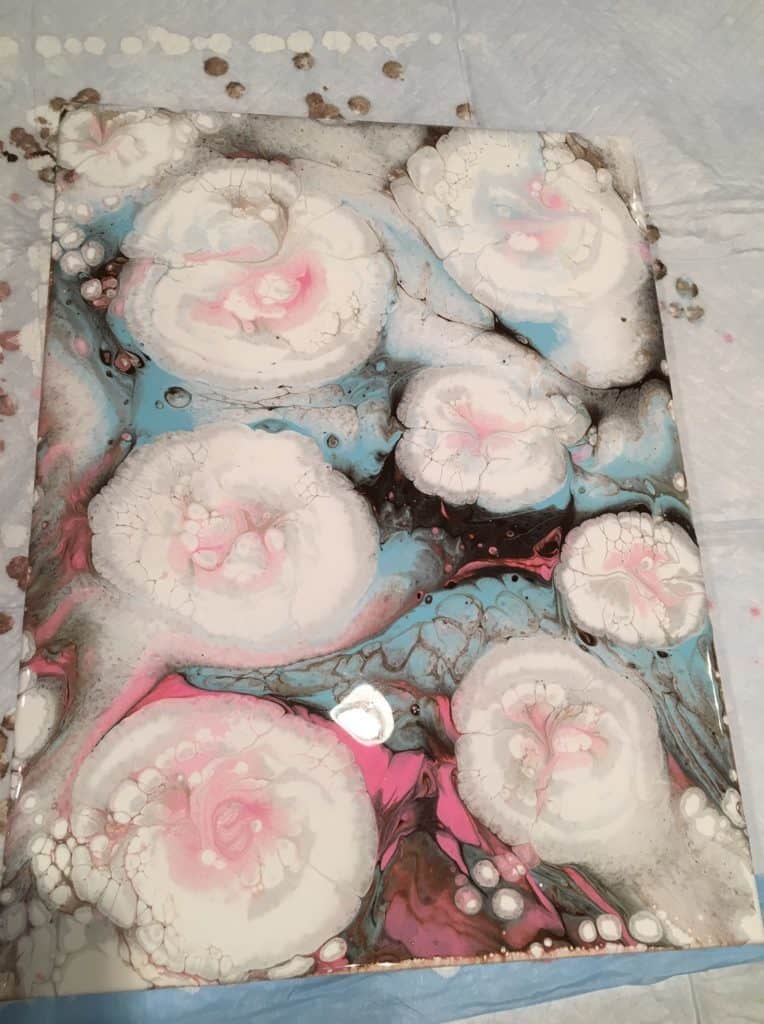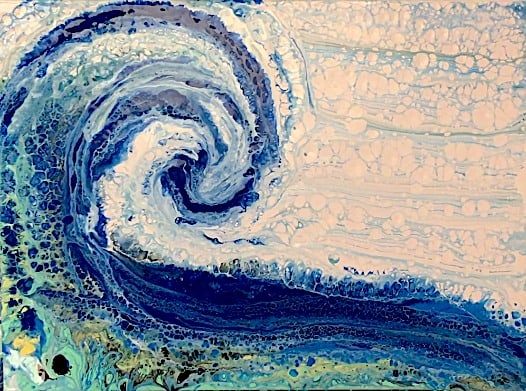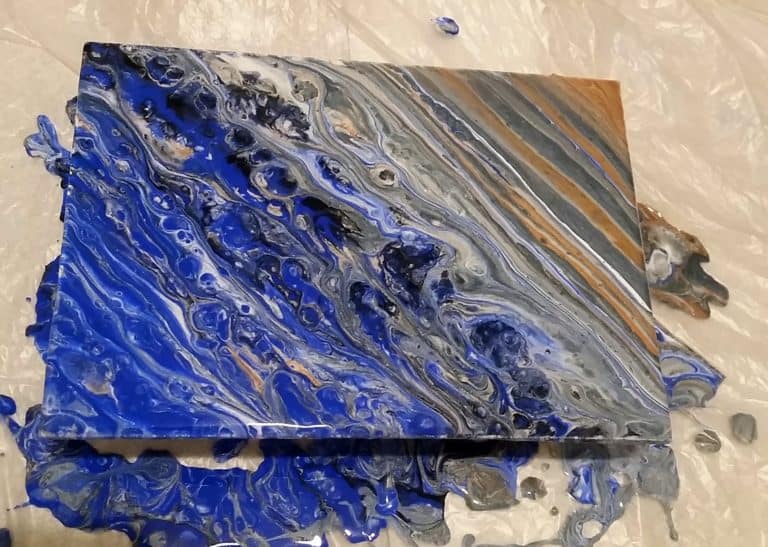For most artists engrossed in this community, the biggest draw was trying something new and exciting! And while we all love a simple flip cup or a pour, there are a few techniques we’ve come across that we think everyone should try out.

Getting a specific image out of a pour is usually very difficult without going back and embellishing. If you’re a fan of peonie, otherwise known as the queen of flowers, you should absolutely test drive this technique to watch some delicate flowers bloom on your canvas.

This is a new take on a classic technique, the gravity swipe takes a lot of the guesswork out of a swipe and lets science do its job.

Swipes can require some pretty steady hands and focused minds, but this technique kind of throws those requirements out the window. The wave swipe is literally a swipe with a twist that can produce a towering success with a little practice.
Deborah’s Kaleidoscope Acrylic Ring Pour

Some think that cells are a pourers best friend, but this kaleidoscope technique is all about the power of puddles and lines. This method will take your canvas from a simple puddle pour to a beautiful psychedelic picture show.

This technique is a three in one combo, learn to get a diagonal effect from any angle of your canvas. With this unconventional art form something about pouring on a diagonal rather than a straight line just makes sense!
If you’re a beginner still trying to learn some of the basics before trying out some of the techniques above, then check out our ebook and video course, and happy pouring!
After being told in high school that she was so bad at art that she should switch to another subject, Deby didn’t paint again for 35 years. Then a stroke released a new wave of creativity and she began exploring with dot painting, abstract and eventually acrylic pouring, and at last the joy of working with color returned. You don’t need ‘talent’ to be an acrylic pouring artist – just enthusiasm, some basic instruction, and a willingness to try, fail and try again. Paint along with her and learn from her many mistakes, and you’ll soon make great art together.

Das betrifft beide Versionen des Spiels (DE,
INT).